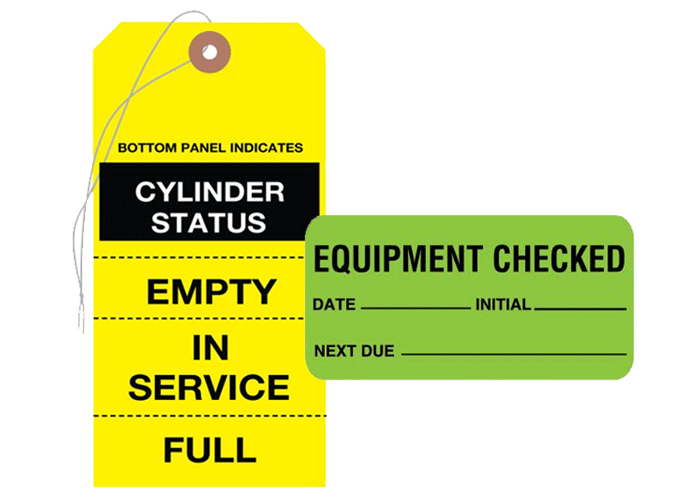Healthcare
Oxygen Cylinder Storage
Requirements
Although The Joint Commission (TJC) revised oxygen cylinder storage guidelines in 2018, many hospitals haven’t adapted to the requirement. In fact, it remains a frequently scored standard. If you haven’t adjusted your process, take these steps to ensure compliance.
Past Oxygen Cylinder Storage Guidelines
In the past, TJC directed hospitals to store full oxygen cylinders separate from those that were less than full. In this case, less than full included both partial and empty cylinders. In addition, it gave hospitals a choice to use two or three racks. For example, the two rack options included one with full cylinders and the second with both partial and empty combined. The three rack system included one rack for full, one for partial, and a third for empty. Most organizations chose the two-rack route.
New Oxygen Cylinder Storage Guidelines
In 2018, TJC revised that guidance and now states, “Those cylinders defined as empty by the organization shall be segregated from all other cylinders that are intended for patient use. Full and partially full cylinders are permitted to be stored together.”
How Do Storage Guidelines Affect You?
Storing full and partially full cylinders together violates TJC compliance guidelines.
If you use a two rack system storing partially empty and completely empty cylinders together, you need to take steps to properly label and segregate the cylinders from each other. If you use a three rack system, you need to label the cylinders to ensure they don’t get grouped together.
Equally important, these standards don’t just apply to hospitals, The Joint Commission requirements apply to in-home healthcare settings as well.
Oxygen Concentrators For Home Healthcare
For home healthcare, TJC standards cover a variety of areas that are considered key to providing safe, high quality care to patients. Oxygen concentrators for home use require specific equipment maintenance information.
To illustrate, requirements include documenting the model number, operating hours, the date of the last maintenance check and the signature of the individual that conducted that check.
Oxygen Cylinder Labels Are An Effective Solution
Labels are one way to document these requirements. For example, using durable cylinder status tags are one way to clearly show whether the oxygen container is empty, in service or full. In addition, maintenance status labels designed for an oxygen concentrator, provide on-the-spot information about the status of equipment. Both staff friendly options are effective in helping you conform to The Joint Commission guidelines.
 See All UAL Biomedical Labels
See All UAL Biomedical Labels